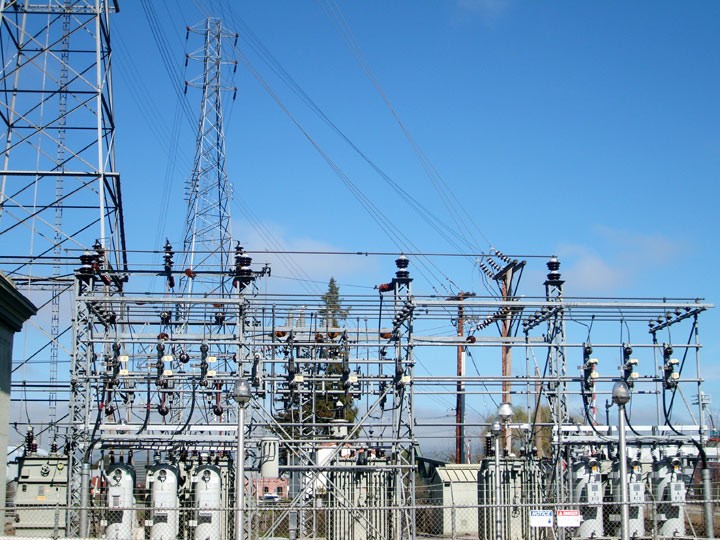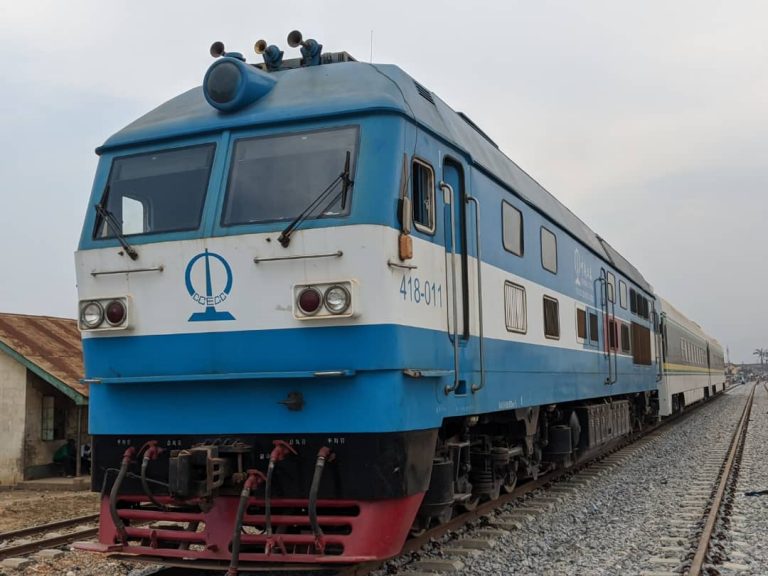Nigeria’s actual electricity generation has only increased by 776 megawatts since the privatisation of the power sector in 2013.
The distribution and generation assets were sold to core investors in November 2013 when the Power Holding Company of Nigeria (PHCN) was unbundled.
According to historical generation data from November 1, 2013, to August 31, 2020, seen by TheCable, the average generation in 2013 was 3,183MW.
It increased to 3,959MW in 2020.
Advertisement
However, the electricity generation capacity which was 4,214MW in 2013 has increased to 8,169MW in 2020.
“The supply growth from pre-privatisation to date shows that available generation capacity which was 3,427.5MW has increased by 138.34% to 8,169MW (as GenCos recovered 4.741.5MW),” the document stated.
“However, due to system constraints, the generated power is rejected or forced to be reduced to match the infrastructure that transmits and distributes this power to the customer. A case in point: Between January to August 2020, despite an available generation capacity of 8.169MW, GenCos were only allowed to generate 3,959MW, thus losing an average of 4.210MW daily.
Advertisement
“It is imperative to note that the wellbeing of a power generation company goes beyond efficient operations to include its ability to generate income from power generated. With a total available installed generation capacity of more than 8,000MW and maximum wheeling capacity of not more than 5, 500MW, there will always be a recurring instance of over 2,500MW idle generation.”
According to the document, the idle generation means that GenCos have not been able to recoup their investment and this will affect their ability to support operations and service loans taken to develop the power plants.
“Out of the meagre 5,500MW of transmission wheeling capacity, the DisCos have not proven to be able to distribute more than 4,500MW, continuously leaving vet another 1,000MW of generation capacity unutilized,” it said.
This means that the GenCos are unable to deploy a total of 3,500MW that would ensure profitable operations “due to the combined technical incapacitation of TCN and the DisCos”.
Advertisement
“If one considers the fact that the DisCos have in the recent past been operating around 3,500MW or below, this figure escalates to 4,000MW of idle capacity. In effect, the GenCos are not able to deploy over 4,000MW of idle power.
“Out of the over 4,000MW wheeled by TCN, in Q1 2020, the DisCos only remitted an average of 20 percent (800MW) of this power as revenue to NBET, making a total at 7,200MW generation capacity not yielding revenue for the GenCos.”
According to the document, GenCos are currently being sustained by subsidy from the federal government and other affiliations adding that “any government that subsidizes 75-80 percent of distributed power is yet to come to terms with the tenets of privatization”.
DisCos began implementation of a cost-reflective tariff on September 1, 2020.
Advertisement
However, it was suspended for two weeks on Monday as part of resolutions to prevent an impending strike by the Nigeria Labour Congress and Trade Union Congress.
Advertisement







